Coriolis Effect: Air Circulation in the Atmosphere
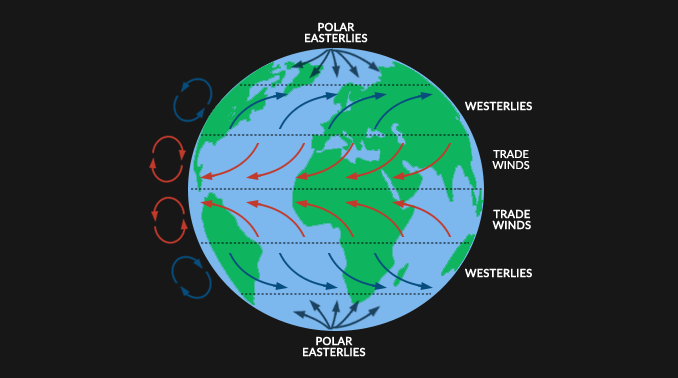
What is the Coriolis Effect?
The Coriolis effect is the deflection of air because of Earth’s rotation. In the northern hemisphere, air deflects to the right. But in the southern hemisphere, air veers to the left.
It’s a myth that the Coriolis effect determines the direction a toilet flushes like on the Simpsons. But the Coriolis effect does impact air circulation, weather patterns, and ocean currents.
What would happen to the Coriolis effect if Earth stopped rotating? Or what would happen if Earth’s rotation sped up? Before we answer those questions, let’s first understand how the Coriolis effect works.
How the Coriolis effect works
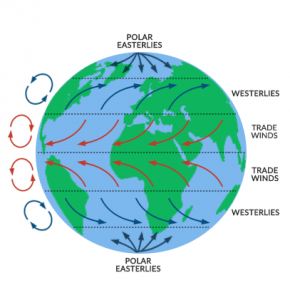
If you stand at the equator, you spin at about 1000 miles per hour. But if you stand on the North Pole, you move at a rate of 0 miles/hr. This is because you’re basically spinning on the same spot for 24 hours straight. Either way, our bodies are used to the motion so we don’t necessarily feel the velocity.
NORTHERN HEMISPHERE: So if an object travels through the air from the equator to the north, it will start to veer off to the right in the northern hemisphere due to Earth’s rotation.
SOUTHERN HEMISPHERE: But in the southern hemisphere, it’s the opposite. It would veer off to the left.
But the Coriolis effect often refers to air circulation. So instead of hot air transferring from the equator to the colder poles, it deflects away. Eventually, air starts to swirl in a circular pattern. This circular pattern is the convection cells caused by the Coriolis effect.
What if Earth stopped rotating?
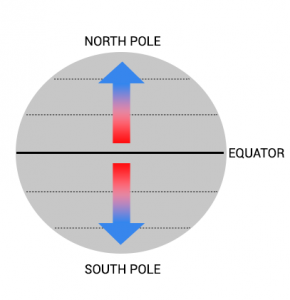
What if the Earth didn’t rotate at all, would there still be a Coriolis effect? If the Earth didn’t rotate, warm air at the equator would simply transfer to the poles. This would be just a simple exchange of hot and cold air back and forth.
Instead of our current 6 convection cells on Earth, we would have 2 convection cells driven by thermal convection. As warm air moves from the equator to the poles, cool air from the poles would sink back down to the equator. So each hemisphere would have a convection cell on its own.
“If Earth stopped rotating, there would be 2 separate convection cells split at the equator. One cell would occupy the northern hemisphere. Then, the other one would be in the southern hemisphere.”
What if Earth stopped rotating?
Now, what if the Earth rotated more rapidly? If Earth spun faster, what would happen to the Coriolis effect?
The same fundamental concepts would hold true. Again, air veers off to the right in the northern hemisphere. But it would deflect faster.
Instead of the 6 convection cells we experience on Earth, it would have more due to a faster rotation. Simply, the number of convection cells is a function of how fast it rotates.
“If the Earth spun faster, there would be several more convection cells than there currently is.”
Air circulation patterns from the Coriolis effect
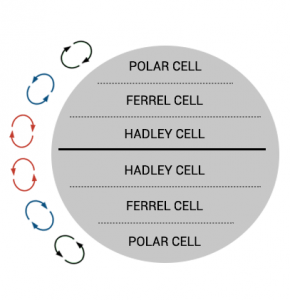
Earth has a total of 6 convection cells. Each hemisphere has 3 on its own.
- From 0-30° north/south, these are Hadley cells.
- Then from 30-60° north/south are Ferrel cells.
- Finally from 60-90° are the polar cells.
For Hadley cells, the sun shines down at the equator. It evaporates and begins to rise bringing water vapor. More or less, it provides rain until about 30° latitude when it loses most of its moisture.
The equator area is damp and moist. But at about 30° latitude, the air is much dryer. Then at 50-60°, it’s a sub-polar low. In the Ferrel cell, air moves north at 30° latitude, then comes down at 60° north.
Air is deflected from the Coriolis effect causing the Westerlies to move east to west. Finally, the air that comes down from the North Pole is very dry. The North Pole is like a desert because it has some of the lowest precipitation rates on the planet.
The Coriolis effect on Jupiter
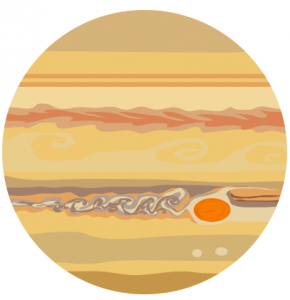
Jupiter spins at an incredible pace. The velocity at Jupiter’s equator is about 28,000 miles per hour, compared to Earth’s 1000 mph.
This means that one day on Jupiter takes a bit less than 10 hours. Because of its fast rotation and heaping size, the Coriolis effect is extraordinary in size.
Earth has 6 convection cells. Whereas Jupiter has consistent bands of air that whirl around its surface. If you’ve ever seen Jupiter, the Coriolis effect is why it has its iconic banded appearance.
Overall, the weather is at an extreme on Jupiter. For example, astronomers have observed an everlasting hurricane in its atmosphere. It’s been there since the first time we’ve looked at Jupiter.
“Jupiter spins so fast that it has consistent bands of air whirling around its surface.”
The Coriolis Effect on Earth
The Coriolis effect is the phenomenon that causes a mass on a rotating object to be deflected by a force pointing in the opposite direction of rotation.
As such, this effect is only present when the object is moving, and so it only applies to objects moving on Earth.
You can also drop us a line in the comment section below.

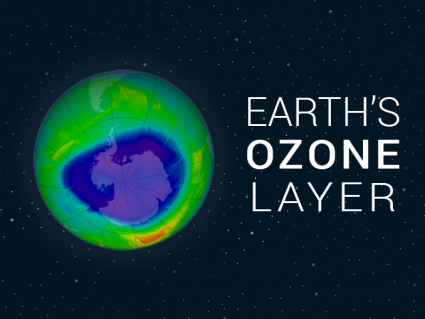
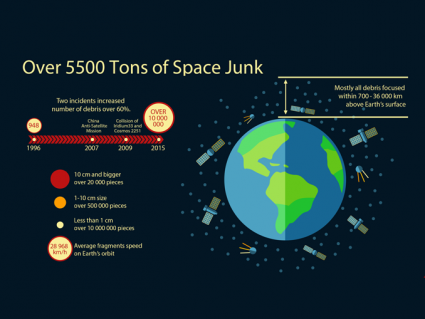
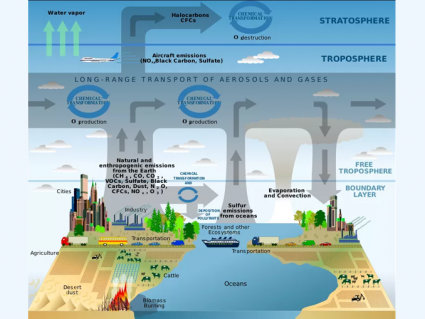
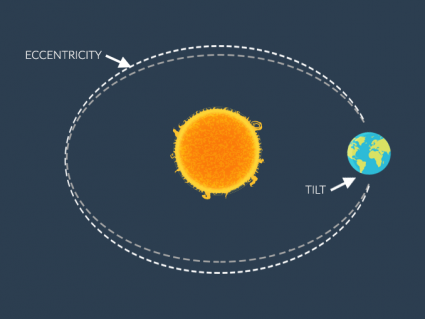

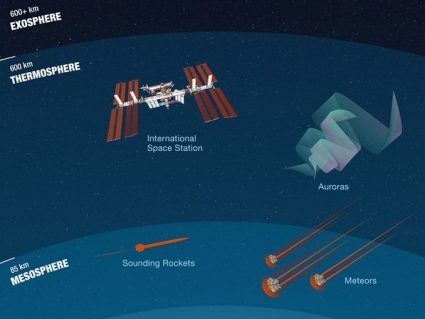
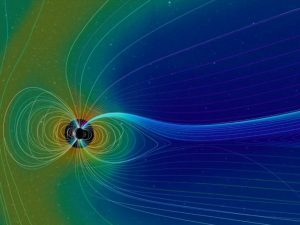
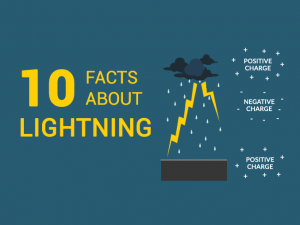
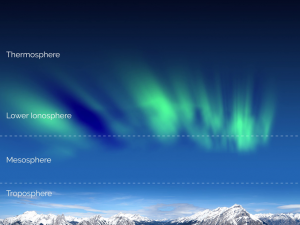
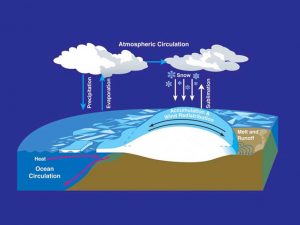


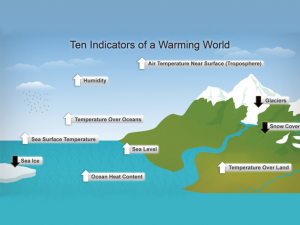

I like this
hey this is goodd
Wrong Wrong Wrong, There would be 1 convection cell to the planet if it stopped spinning, the dark side. Cold air from the dark side would side under hot air from the Sunny side around the longitude. Please stop teaching.
Describing the wind direction as left or right depends on the vantage point. Describing direction as eastward or westward would be less ambiguous.
Here’ more info on how to cite – https://earthhow.com/how-to-cite/
Hello! Who wrote this article may I ask? I need it for a school project.